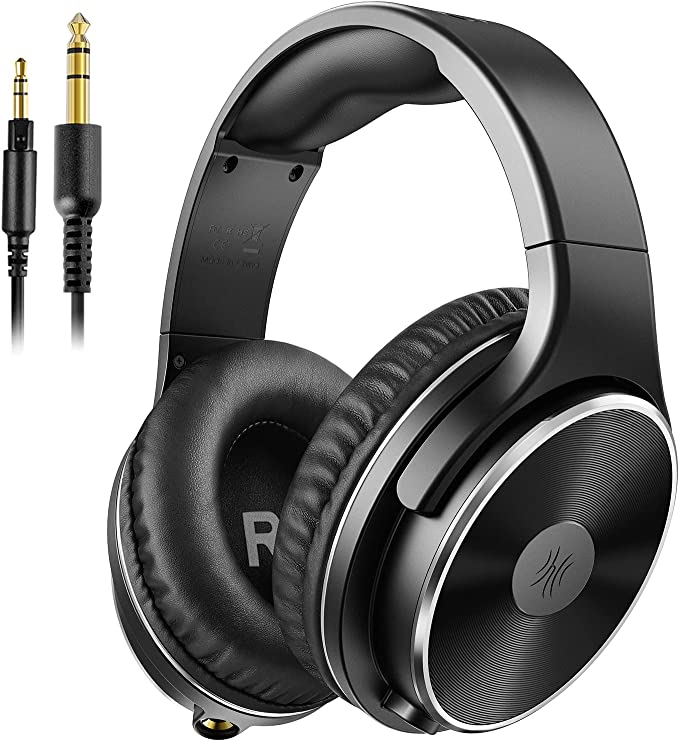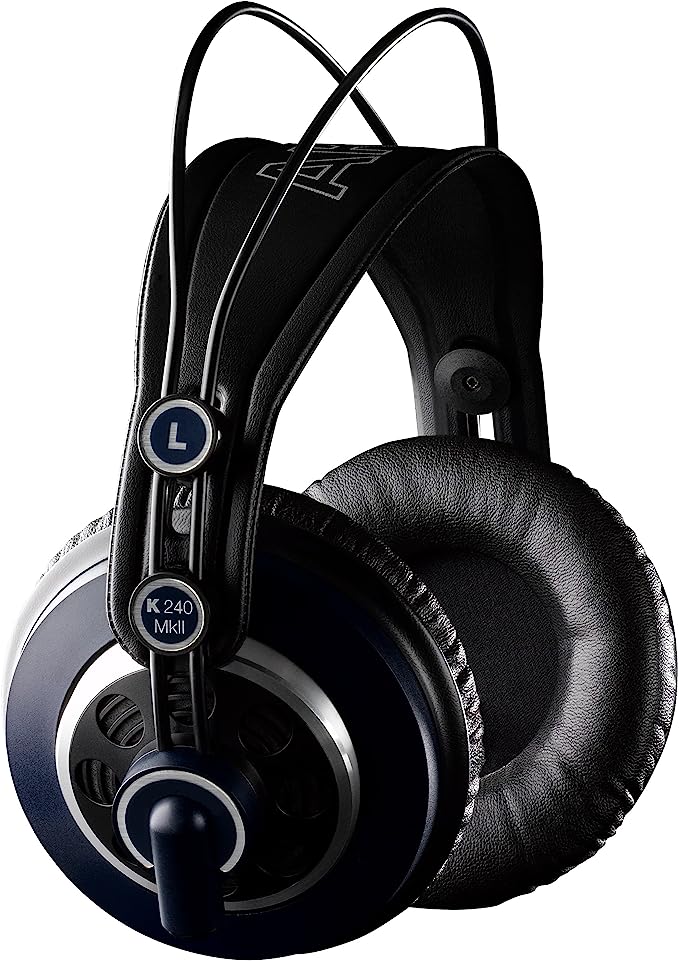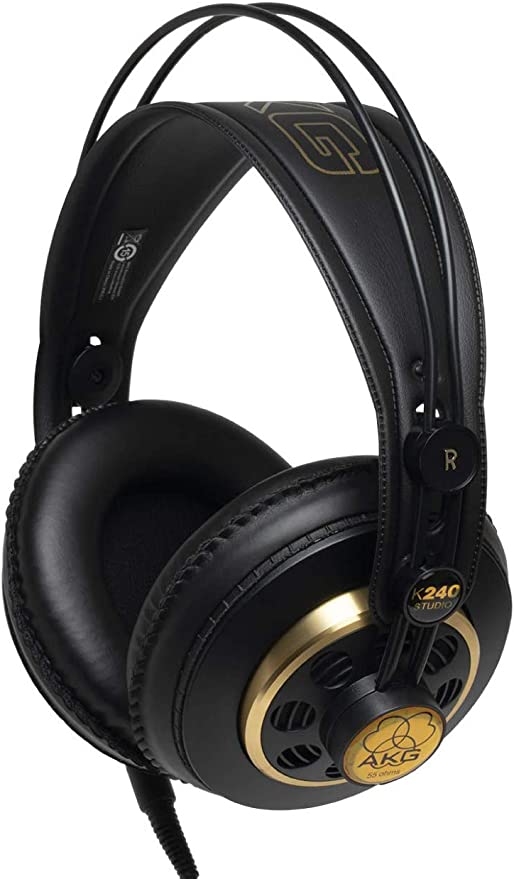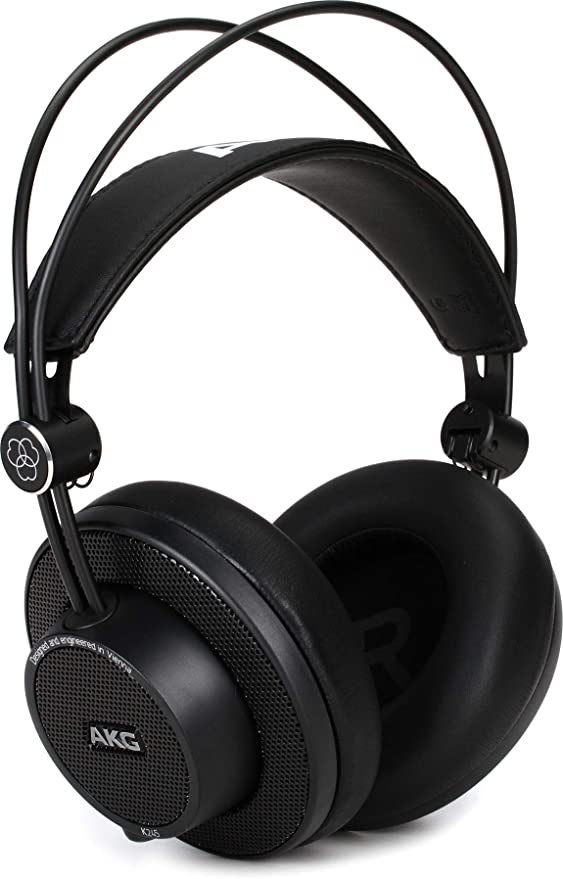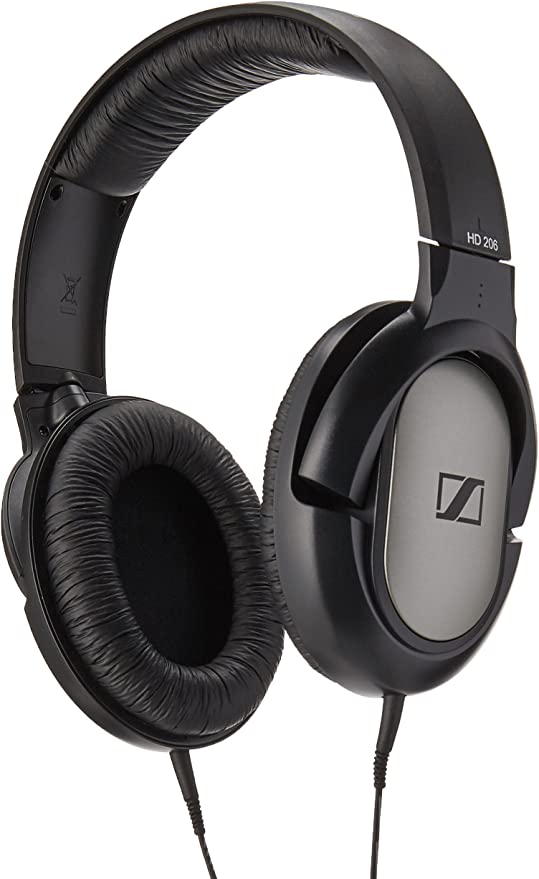The Great Unplugging: How Standalone Grooveboxes Are Liberating Music Producers
Update on Nov. 14, 2025, 9:25 p.m.
For the modern music producer, the computer is both a miraculous playground and a gilded cage. It offers a universe of sonic possibilities, but it also tethers creativity to a world of distractions—email notifications, software updates, and the endless, non-musical abstraction of clicking a mouse. In this digital environment, the act of making music can feel less like playing an instrument and more like managing a spreadsheet.
But a quiet revolution is underway. A growing movement of creators is seeking to “unplug” from the computer, not by rejecting technology, but by embracing a different kind of it. They are rediscovering the power of the standalone music production center, a class of instruments designed for one purpose: to capture inspiration with focus, immediacy, and tactile joy. By examining the undisputed modern champion of this philosophy, the AKAI Professional MPC Live II, we can decode the principles of this creative liberation.

The Standalone Philosophy: Reclaiming Focus and Flow
The “DAWless” (Digital Audio Workstation-less) movement is a direct response to the creative friction of computer-based workflows. A standalone device is not just a tool; it’s a dedicated environment. Its value is defined by three core principles:
- Focus: It does one thing: make music. With no web browser or social media to derail your concentration, it allows for a state of deep work, or “flow,” where creativity can flourish uninterrupted.
- Tactility: It returns music-making to a physical act. Instead of pointing and clicking, you are tapping pads, turning knobs, and interacting with a tangible object. This direct, hands-on connection feels more like playing an instrument, fostering a more intuitive and often more joyful creative process.
- Portability: True standalone devices are self-contained. They free you from your desk, allowing you to create wherever inspiration strikes—on a couch, in a park, or on a plane.
Decoding the Liberator: The Engineering of the MPC Live II
The MPC Live II is the ultimate modern expression of this philosophy. It’s not just a collection of features; it’s an integrated system engineered to remove every possible barrier between an idea and its execution.
The Untethered Brain (Standalone Power):
At its heart is a powerful multi-core processor, the same engine found in AKAI’s flagship MPC X. This provides the horsepower of a computer without the computer itself. Crucially, this brain is powered by a rechargeable lithium-ion battery that offers around six hours of real-world use. This is the feature that truly severs the final cord, making the studio genuinely portable. As one user perfectly summarized, it allows you to “sit on your lap on the couch.”
The Voice of Immediacy (Built-in Speakers):
Perhaps the most revolutionary feature of the Live II is its built-in stereo monitoring system. This is a game-changer. For the first time, a professional-grade MPC can be used to create and hear a full track with no other equipment required—not even headphones. The dual tweeter-woofer system delivers a surprisingly clear and bass-rich sound, allowing for immediate auditory feedback. It transforms the device from a silent controller into a self-contained sonic sketchbook.

The Hands-On Connection (Pads, Knobs, and Screen):
The MPC workflow, a legendary paradigm in beat-making, is centered on tactile interaction. The 16 velocity-sensitive RGB pads are the soul of the machine. They are incredibly expressive, allowing for nuanced finger drumming and sample triggering. This is complemented by a high-resolution 7-inch multi-touch display for fast sample chopping and sequencing, and touch-capacitive Q-Link knobs for precise parameter control. This combination of physical and touch controls provides a fluid, hands-on experience that keeps you engaged with the music, not the interface.
The Central Nervous System (Unrivaled Connectivity):
While a powerhouse on its own, a standalone unit’s true potential is realized in its ability to command an entire studio. The MPC Live II excels here, acting as a central hub for a vast array of gear:
* MIDI In/Out: Sequence and control external synthesizers, drum machines, and keyboards.
* CV/Gate Outputs: Directly integrate with analog modular synthesizers, bridging the digital and analog worlds.
* Phono/Line Inputs: Sample directly from turntables, phones, or any other audio source.
* USB Ports: Connect MIDI controllers (which it can power even on battery), and access sounds from USB drives or external SSDs.
* Wi-Fi & Bluetooth: Access your Splice sample library wirelessly and sync with other devices via Ableton Link.
This comprehensive I/O means the MPC Live II can start as your portable sketchbook and grow into the command center of a sprawling professional studio.

Conclusion: An Instrument of Focus
The shift towards standalone music production is not about abandoning the power of modern technology. It’s about re-evaluating our relationship with it. It’s about choosing tools that serve creativity by fostering focus, encouraging play, and removing friction.
The AKAI MPC Live II is more than a drum machine or a sampler; it’s an instrument of focus. It embodies a design philosophy that understands that the most powerful feature a creative tool can offer is the ability to let you forget you’re using a tool at all. It’s the tangible result of a decades-long quest to build a box that doesn’t just contain sounds, but unleashes ideas. For any creator feeling trapped by the complexity of their computer, the invitation is clear: unplug, and start playing again.


